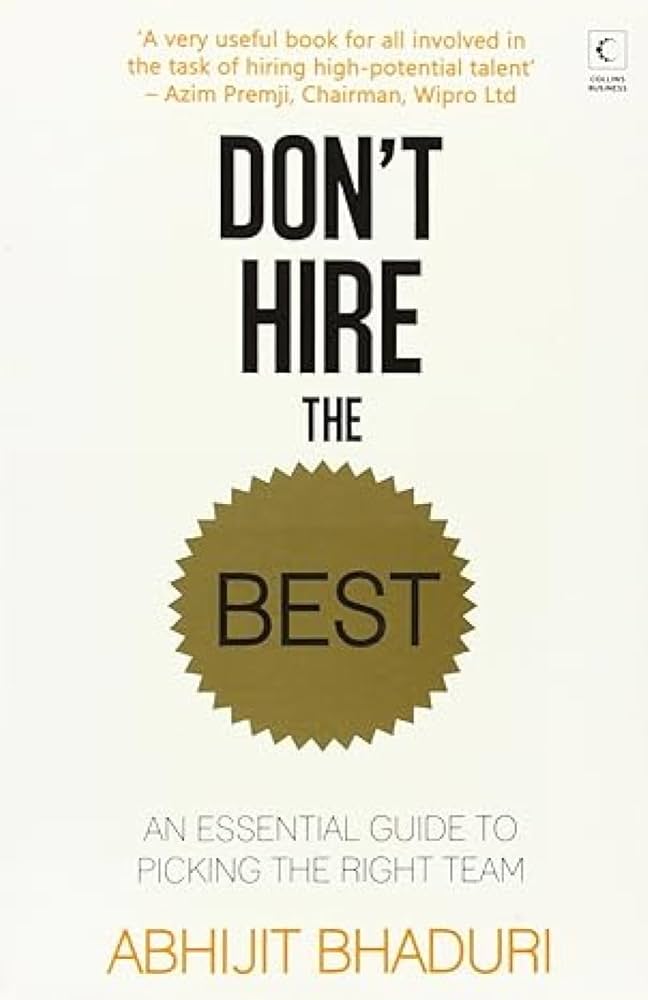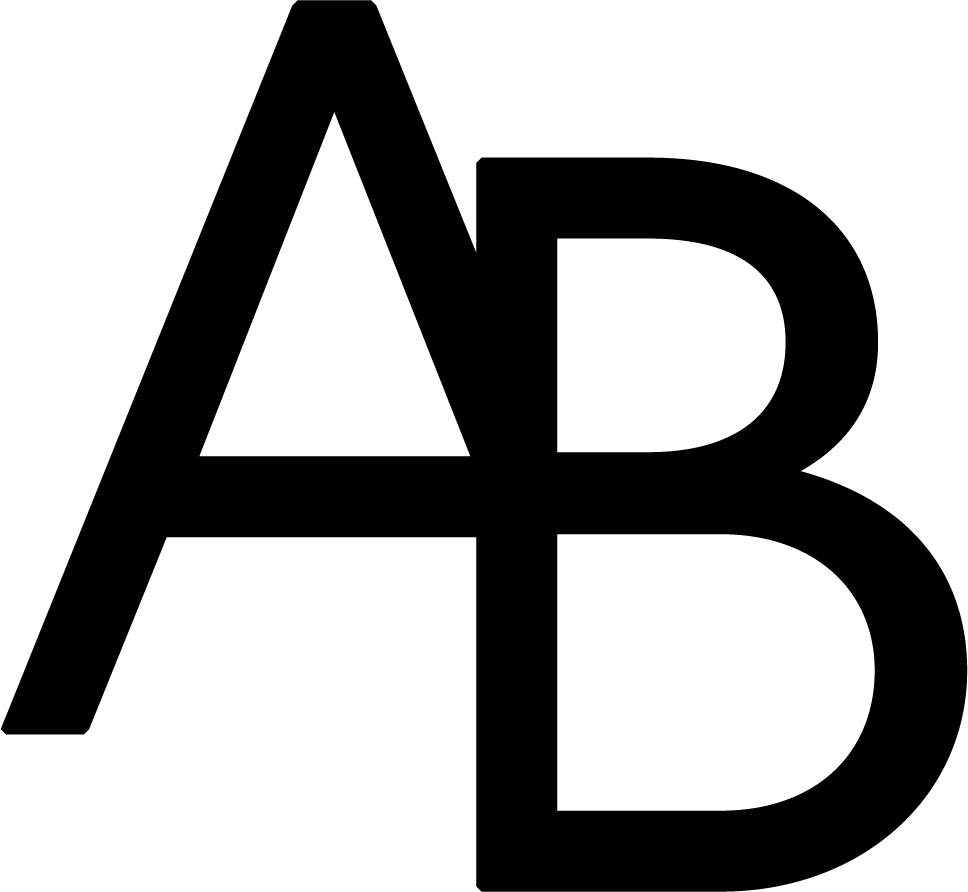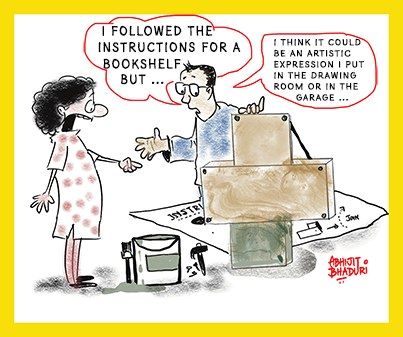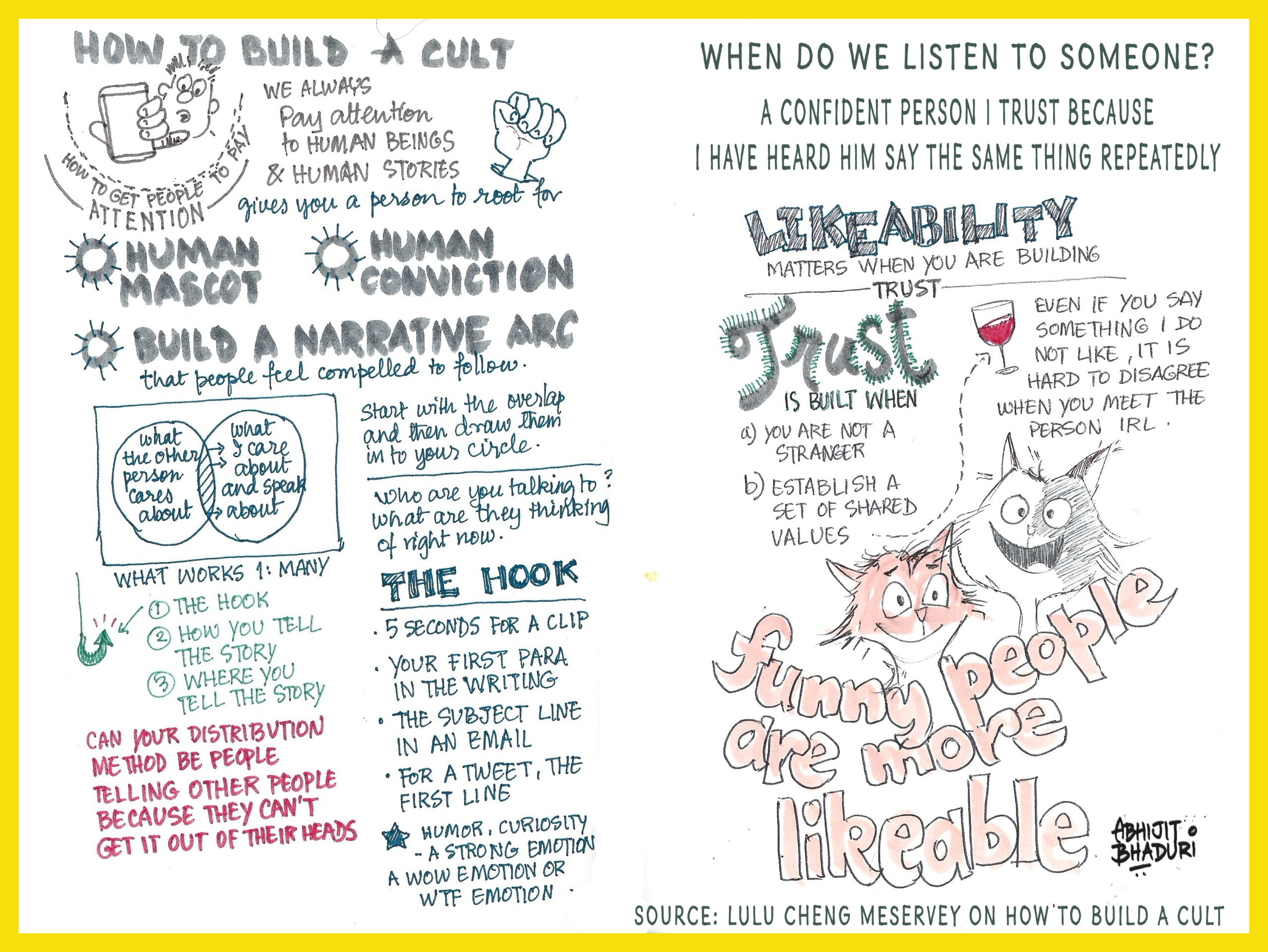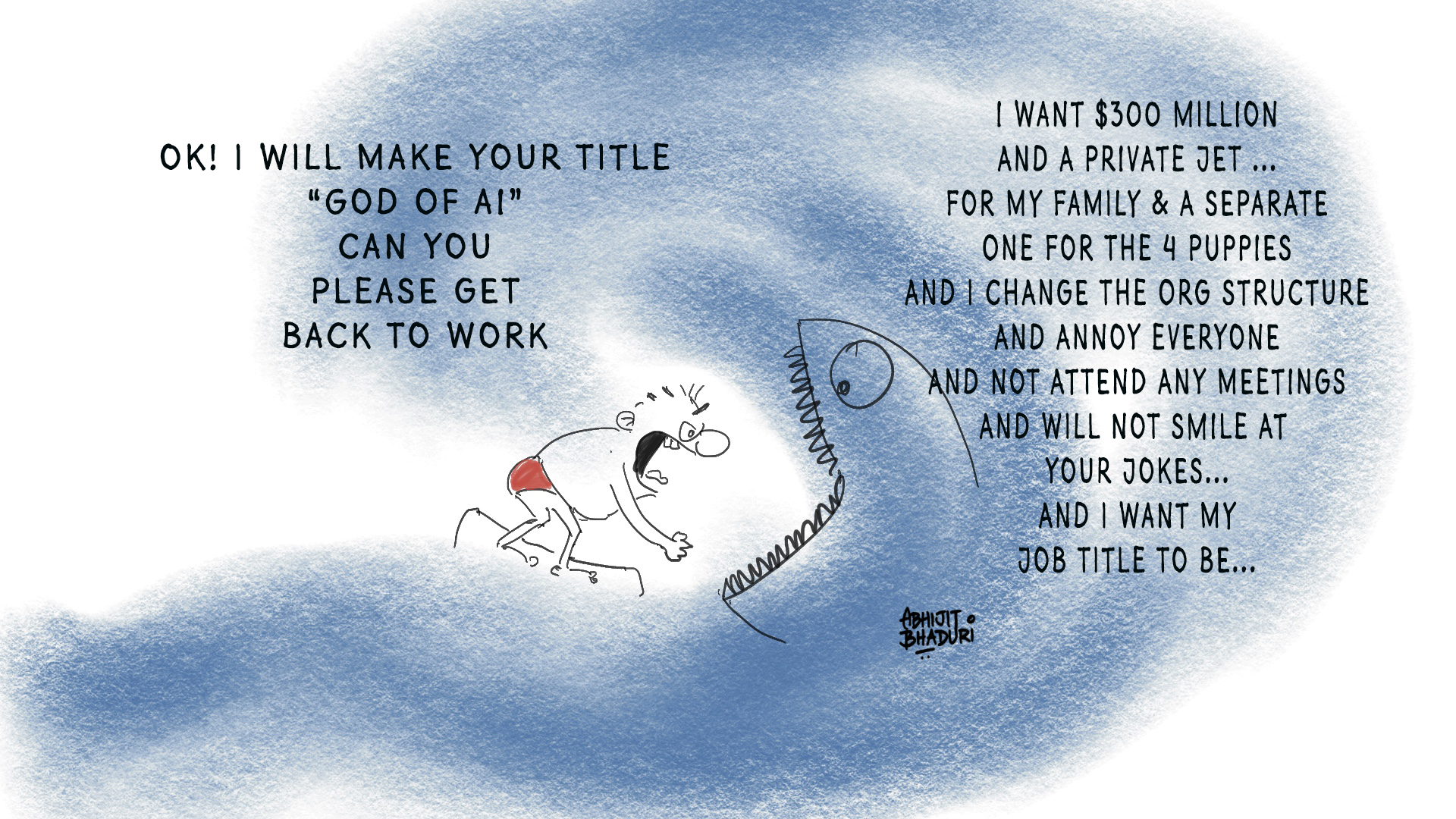
Meta hired Shengjia Zhao from OpenAI. Paid him a bizarre sum of money. The old hires of Meta are unhappy about this new hire who is being treated like a superstar. And he is throwing tantrums like one, was the whispered chat. His presence had triggered a wave of resignations, reorganisations, and visible discomfort among long-standing senior figures. Shengjia Zhao threatened to quit if he did not have his way. Zuckerberg had no choice but to announce that Zhao would be Meta’s “Chief AI Scientist.” That in turn is only triggering others to follow Zhao’s example.
When Meta hired AI wunderkind Shengjia Zhao, the company seemed to have won the war for talent. For all the brilliance that a superstar hire promises, the disruption they unleash often rivals their contribution.
This is not just a Silicon Valley drama. It is a cautionary tale for any leader tempted to believe that hiring “the best in the world” is the ultimate talent strategy. The question is not whether you can attract a superstar. The question is what happens next.
The paradox of brilliance
Hiring a star is like dropping a meteor into an ecosystem. It can transform the landscape—accelerating innovation, attracting other top players, and signalling ambition. But it can also scorch the ground, destabilising the culture and creating fault lines of power.
In sports, when Real Madrid signed Cristiano Ronaldo, the club reaped record revenues and global attention. But the locker room was never the same; teammates recalibrated their roles around his gravitational pull. In music, a virtuoso soloist can elevate a symphony, yet the conductor must constantly balance harmony with individual flair.
Biology offers another analogy: transplanting a strong organ into a body requires immunosuppression, or the host will reject it.

Organizations need their own immunosuppressants—careful onboarding, clear role design, explicit cultural contracts.
Why superstar hires create turbulence
There are three predictable fault lines.
First, power asymmetry. A superstar often arrives with more external credibility than those who have spent years inside the organization. This can unsettle long-serving leaders and diminish the authority of formal structures.
Second, culture clash. Stars are used to moving fast, dictating terms, and bypassing bureaucracy. Legacy teams often operate on slower cycles, and the friction can turn corrosive.
Third, dependency risk. When too much rides on one individual, the organization becomes fragile. If the star leaves—or simply fails to deliver—the cost of over-reliance becomes painfully visible.
The integration playbook
What should leaders do after they have secured the star they coveted? The answer lies less in celebrating the hire, and more in designing the system around them.
- Design a runway, not a pedestal.Superstars need space to prove themselves, but they also need guardrails. Leaders should define where the star has decision rights, and where governance remains collective. A pedestal isolates; a runway integrates.
- Balance charisma with coalition.Pair the star with trusted insiders who know the culture and can translate ideas into practice. Shared leadership arrangements can diffuse resentment and create psychological safety.
- Set explicit norms.Being brilliant does not excuse toxic behaviour. Establish cultural expectations from day one, and enforce them consistently. If others see exceptions being made, morale corrodes rapidly.
- Invest in the ecosystem.A single star cannot deliver transformation alone. Build a supporting cast—engineers, product managers, or researchers—who can both amplify the star’s impact and ensure continuity if they depart.
- Expect attrition—and use it wisely.Some departures are inevitable. Treat them not as failure but as part of organizational renewal. Losing those who cannot adapt can create space for new talent aligned with the future vision.
The special case of AI talent
The temptation to chase superstars is especially acute in artificial intelligence. The field is still young, the talent pool is small, and the gap between the top 1 per cent and the rest is enormous. Companies compete not just with salaries but with promises of influence, freedom, and resources.
Yet AI has a brutal half-life. Breakthroughs that look world-changing today can become obsolete within a year. Betting everything on one genius is fragile. What endures is not the brilliance of a single mind but the systems that capture, scale, and embed that brilliance into the organization’s routines.
The best talent strategy in AI is “superstar plus scaffolding.” Yes, hire the rare genius. But then surround them with teams, processes, and learning loops that ensure the knowledge does not vanish when they walk out of the door. Otherwise, the company is left hostage to both brilliance and volatility.
The long game
Meta’s drama is a reminder that leadership is not about acquiring stars, but about orchestrating ensembles. The true test of a CEO is not whether they can lure the most brilliant individual, but whether they can build a system where many kinds of talent—visionary, operational, collaborative—work in concert.
After the headlines fade, what remains is organizational resilience. Hiring a superstar may win the news cycle. But designing the system to absorb, amplify, and sustain their impact is what wins the decade.
I wrote a book sometime back. The key idea – people get hired for their competencies and fired for their personality.
